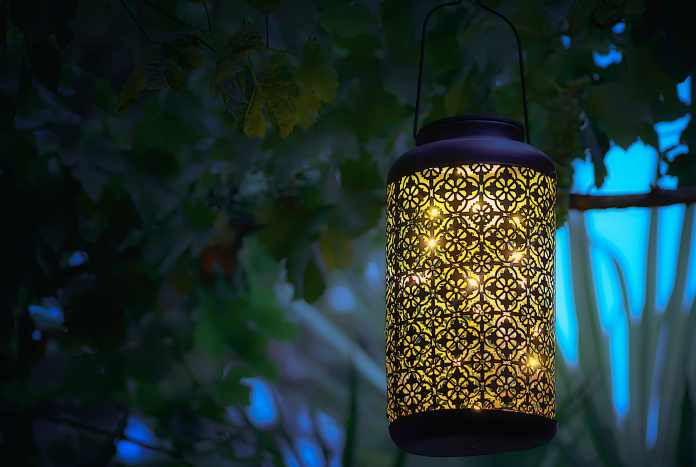Generally, flash lamps are gas discharge lamps that generate high and intense light pulses. Some people confuse flash lamps with arc lamps, but the two are two different worlds apart. For instance, the arcs models will require continuous operation and have pointed cathodes. At some point, other people even find it challenging to settle on either a flashlight source or others like strobe sources.
In essence, though, most flash lamp systems are working on the principle of noble gases like xenon, argon, or krypton. The xenon lamps are the most common today, and many are highly preferred for various industrial applications. Part of this is because they emit white light, which is friendly in most cases. Plus, since most flash lamps produce ultraviolet light, users can utilize them with other UV-transmitting devices like glass envelopes. But it is also worth noting that UV light is not friendly in many cases and is undesired while using flash lamps.
Since there are different models and producers of flash lamp system, getting one that suits the desired application is an excellent idea. For example, they have varied operation parameters that differ from one need to the other. Some flash lamps have an excellent maximum flash rate, which is the maximum repetition rate the flashes can be fired at. Furthermore, they also have different power supplies that inform the operation rate of these light sources. This article is going to highlight some of the techniques available in triggering flash lamps.
Content Summary
Flash Lamps Power Supply Techniques
But why address the power supply issue, someone may ask? Well, flash lamps need special power supplies to ensure controlled electrical pulses and high peak voltage for higher currents. Different types of flash lamps may require varied power supply designs and may vary on dependable technologies.
External Triggering
External triggering will require a simple approach using an additional electrode outside the glass envelope. It can be a nickel wire around the glass tube or a transformer to apply a high voltage pulse between the trigger electrode and the cathode. One advantage of using external triggering is that the transformer can work independently, far from the main electrical pulse. However, the only setback is that it creates electrical insulation, which will reduce the level of performance.
Series Triggering
This technique is suitable for lamps lacking an extra electrode. It usually involves the connection of a secondary winding of the trigger in series to the lamp. With an added voltage spike from the trigger transformer, it gets easier to start discharge. One disadvantage with this approach is that it requires a larger transformer because the lamp current must align with the transformer’s secondary coil.
Simmer operation
Simmer operation is useful in obtaining the desired and reliable flashing and longevity of the lamp. This is true and necessary for flash lamp systems that operate at repeated pulse. The whole process involves the use of a small DC below the current flash generation. Relatively, in cases where there is no need for ignition, the flash may produce more pulses during its lifetime.
Cooling
In situations where flash lamps operate with moderate energies, they can work perfectly with simple convective air cooling alone. In contrast, other devices that use other power triggering options may use cooling to reduce the intense pulse follow. This can be accomplished just using deionized water with laser lamps.
Circuits
These powering options apply to various circumstances. These can be for shorter pulse durations or longer pulse durations. When it comes to shorter pulse durations, in case a capacitor gets discharged through a flash lamp, the pulse duration reduces. One will have to use a capacitor with even a minor capacitance. Along with increasing the charging voltage, one may achieve that desired energy level. On the other hand, for variable and longer pulse durations, one may use electric circuits to limit the lamp current. This usually controls the lamp pulse durations faster.
Applications of Flash Lamps
Just like the many different sources of light, flash lamp systems are useful in various industries. Thanks to their extremely intense and full-spectrum white light. Flash lamps are largely used for photographic roles but are also applicable in multiple sectors. Compared to other light sources, flash lamp systems are preferred because of their fast emission rate. Below is detailed information on the uses of flash lamps.
Imaging with Strobe Lights Applications
Flashlights are useful in imaging with strobe lights for high-speed imaging, for example, in photography. Due to their high and fast speed, even a rapidly moving object can be imaged accurately with a short light flash. Xenon flash lamps, for example, are applicable where periodic sequence pulses are needed. Some strobe lamps with short arcs are preferred mostly for scientific applications.
Medical and Cosmetic Applications
If there were one area that uses flash lamps, it could be in the medical and cosmetic fields. With the increased need for easy and efficient means to treat most skin conditions, flashlights have increased demand to meet this need. Flash lamps are generally applicable in dermatology, where experts use them for skin treatments. This can either be in a hospital or in a cosmetic facility that treats age spots, acne, and hair removal. Laser hair removal technology is one of the most sought-after treatment methods for handling this side of the troubling condition. Moreover, laser light is also crucial in the removal of tattoos.
Pumping of Solid-State Lasers
Flash lamps are also popular for pumping pulsed solid-state lasers. Some of the common types of flash lamps that can deliver this perfectly are the xenon and krypton lamps. Users may battle the choice of using the two because, in essence, they work to provide different roles. Xenon lamps are efficient in general, but the emission of krypton lamps is suitable for neodymium absorption.
Aircraft Applications
Flashlights are useful as aircraft warning lights. Since the flash lamps produce high-intensity lighting devices, they can be attached to tall structures to reduce collision chances. Typically, the lights make the structure more visible and are usually useful at night or even at daytime depending on the conditions such as climate changes and undesirable weather. Flashlights are perfect options for this need because they are very bright and visible miles away when in use.









